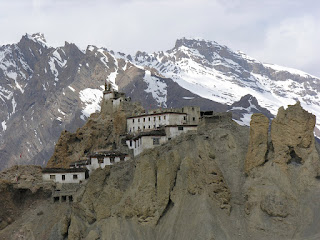What is historical thinking?
I have been reading and rereading this wonderful article by Sam Wineburg of Stanford University and Richard Paxton titled 'Expertise and the teaching of history'. (Click here for a website titled historicalthinkingmatters.org maintained by Prof Wineberg). They argue, rightly, that the best way for engendering historical thinking is giving first hand, children different primary sources related to a common event or episode. Since each source carries with it biases, motives and problems, children need to be helped to sift through them and identify the problems and finally arrive at a more "objective" understanding of the past or an event. I have no disputes here. One needs to be sensitized to the fact that knowledge about the past comes from a careful and systematic study of primary sources.

